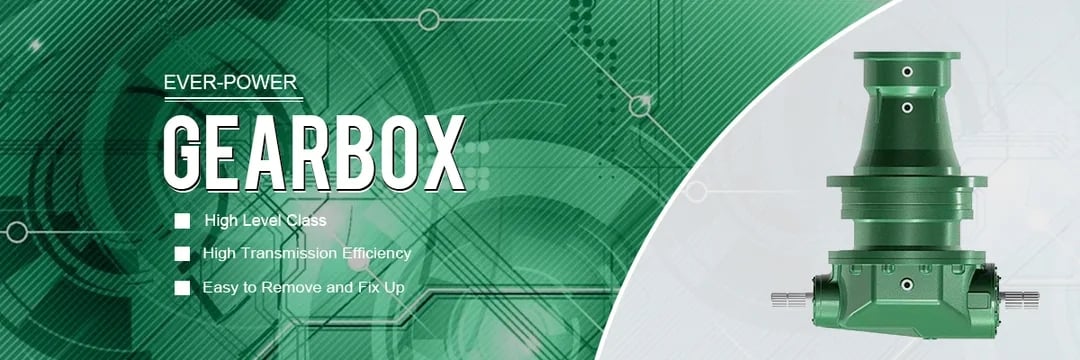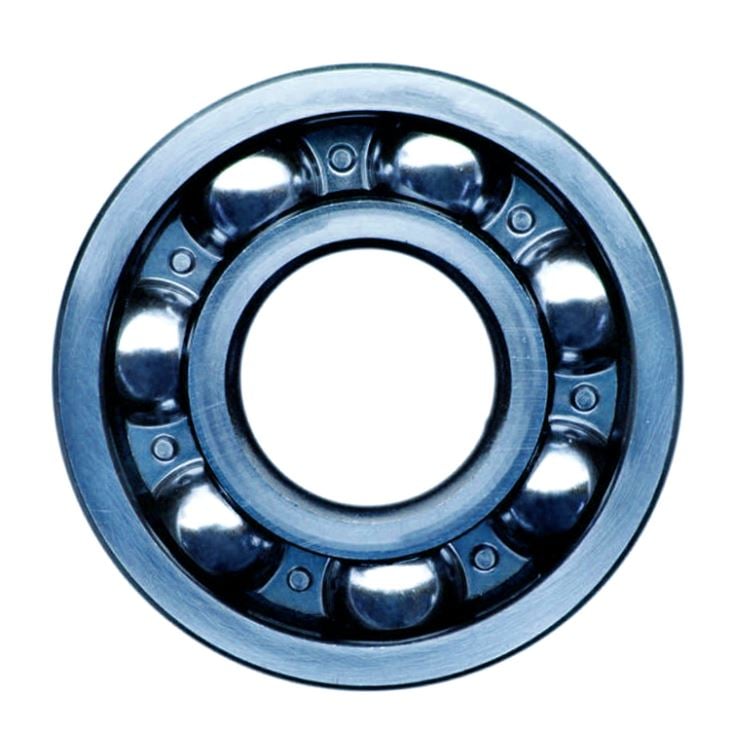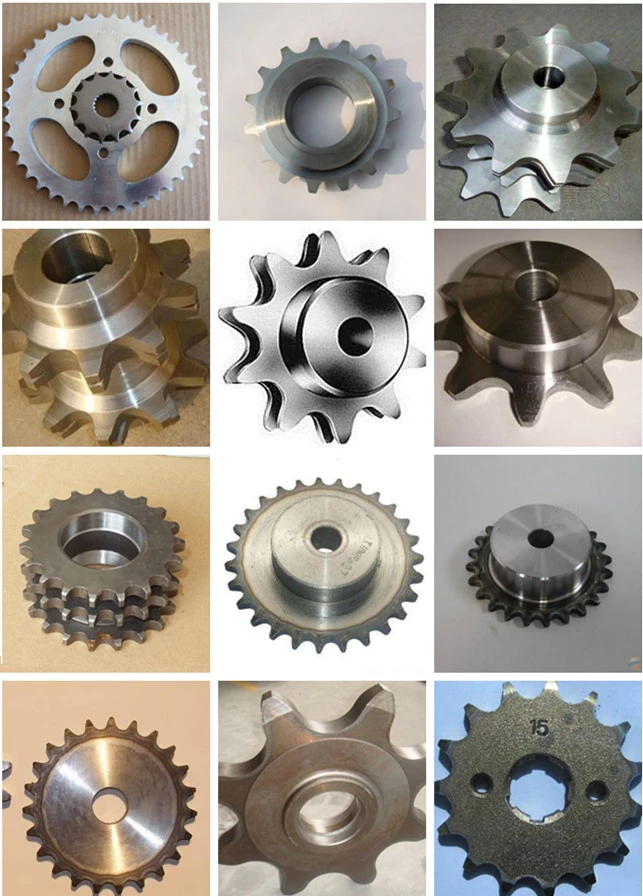Product Description
Company Profile
Company Introduction:
This is from GUANXIAN HAGUAN BEARING CO.,LTD.,located in China.WHB is our brand. We specialize in manufacturing double-row spherical roller bearing,pillow block bearing,thrust ball bearing and so on . We could supply bearing for you with competitive price or best price. Our products are sold well to Russia, Brazil, Mexico, Poland and Tunisia ect. If you are interested in our products, please send the enquiry to us as soon as possible. If you have any questions about the bearing can consult me.
Hope to establish a good business relationship with you. Looking CHINAMFG to your early reply.
Thanks and best regards.
Packaging & Shipping
Package:
Product Description
Products Introduction:
Product nameIron carbon steel chrome steel 608zz deep groove ball bearing with low priceModel number608 BearingBore size8mmOutside size22mmBearing materialIron, carbon steel bearingMOQ100 PCSPrice termsEXW, FOB, CIFPayment termsT/T, L/C, Paypal, Credit cardProduction timeDepends on the quantity, normally 35-45 days.PackagePE bag+white box+outer carton+pallet, or as customers’ requirement.ApplicationUsed in door, window, furniture and sports equipment.
Features :
Carbon steel bearings are characterized by low price, the use of bearing requirements are not too high. Hardness, wear resistance, life and so on are worse than conventional bearing steel bearings.
Carbon steel bearing performance description:
First, carbon steel bearings in terms of service life. Their service life is very different, the service life of bearing steel is long, many garbage bearings are carbon steel bearings, mainly hardness and wear resistance are not as good as bearing steel bearings.
Second, in wear resistance. Low carbon steel only in the surface carburizing surface quenching, and not all quenched. Many low-grade carbon steel bearings on the market are not hardened at all, and their wear resistance is very poor.
Third, in the process and use effect. Bearing use effect is related to the use of the environment, not to say that carbon steel bearings are not good, it depends on which machinery to use, because some do not need high-grade, with carbon steel bearings is appropriate. Of course, Luo Steel is better but the cost is much higher. The standard bearing steel is Gcr15.
Fourth, in bearing materials and performance. For example, the bearing ring and the rolling body should repeatedly withstand high contact pressure, and carry out rolling contact with sliding, while maintaining high precision rotation. Therefore, whether the material and performance of bearing ring, rolling body and cage meet the following requirements: high elastic limit; High rolling fatigue strength; To have a high hardness; Good wear resistance; Good toughness against impact load; Good dimensional stability. In addition, but also good processing. It has been proved that bearing steel has the properties required above, but carbon steel bearings cannot be guaranteed.
Fifth, it is not that the advantages of carbon steel bearings are not good enough for bearing steel to be available, it depends on where to use. Carbon steel bearing noise, life is very short, the pressure is very small, but can be used in hardness, limit speed is relatively small.
Surface strengthening technology can be classified into 5 categories: surface deformation strengthening, surface heat treatment strengthening, chemical heat treatment strengthening, surface metallurgy strengthening and surface film strengthening according to the physical and chemical process of surface strengthening technology.
Detailed Photos
FAQ
FAQ
1. How do I start purchase?
You can email or contact with our online salesman, then get offer and shipping cost for our order. After your confirm, our
salesman will send u Invoice. After payment done, we will ship goods on time.
2. Do you have stock for all item?
Yes, we have sufficient stock and do fast delivery.
3. What about the delivery?
By express(DHL, UPS, FEDEX, TNT, EMS) to your door; By sea to your nearest port; By air to your nearest airport.
4. What about the payment?
By TT, L/C,Western Union or paypal.
5. What about the lead time?
For stock goods, 5-7 days after payment.
/* January 22, 2571 19:08:37 */!function(){function s(e,r){var a,o={};try{e&&e.split(“,”).forEach(function(e,t){e&&(a=e.match(/(.*?):(.*)$/))&&1
| Contact Angle: | 0 |
|---|---|
| Aligning: | Non-Aligning Bearing |
| Separated: | Unseparated |
| Rows Number: | Single |
| Material: | Carbon Steel |
| Seals Type: | Zz 2RS Open |
| Samples: |
US$ 0.05/Piece
1 Piece(Min.Order) | |
|---|
| Customization: |
Available
| Customized Request |
|---|

How do wheel pulleys contribute to efficient power transmission?
Wheel pulleys play a crucial role in facilitating efficient power transmission in mechanical systems. Here’s a detailed explanation:
1. Belt Engagement:
Wheel pulleys use belts to transmit power from one component to another. The design of the pulley ensures proper engagement with the belt, creating a positive grip that minimizes slippage. The belt wraps around the pulley’s circumference, maximizing the contact area and enhancing the transfer of rotational motion. This secure and efficient belt engagement allows for the effective transmission of power.
2. Mechanical Advantage:
Wheel pulleys are often used in conjunction with different-sized pulleys to create mechanical advantage. By varying the diameter of the pulleys in a system, the speed and torque can be adjusted to meet specific requirements. For example, a larger pulley driving a smaller pulley results in increased torque at the expense of speed, while a smaller driving pulley with a larger driven pulley increases speed at the expense of torque. This mechanical advantage enables efficient power transmission by matching the system’s power requirements.
3. Reduced Slippage:
Wheel pulleys are designed to minimize belt slippage during power transmission. The pulley’s groove profile and dimensions are carefully engineered to match the belt type and size, ensuring proper alignment and preventing the belt from slipping off the pulley. Additionally, tensioning mechanisms can be incorporated to maintain the optimal tension in the belt, further reducing the risk of slippage. By reducing slippage, wheel pulleys ensure that the transmitted power reaches the intended components efficiently.
4. Smooth Operation:
Wheel pulleys contribute to efficient power transmission by providing smooth operation. They are often equipped with bearings or bushings that reduce friction and enable the pulley to rotate smoothly. This smooth rotation minimizes energy losses due to friction, ensuring that the power is effectively transferred from the driving component to the driven component with minimal wastage.
5. Versatility and Adaptability:
Wheel pulleys offer versatility and adaptability in power transmission systems. They can accommodate various belt types, sizes, and materials, allowing for flexibility in system design and optimization. This versatility enables engineers to select the most appropriate belt and pulley combination for the specific power transmission requirements, maximizing efficiency.
6. Maintenance and Lubrication:
Proper maintenance and lubrication of wheel pulleys contribute to efficient power transmission. Regular inspection and maintenance help identify any issues or wear that may affect the pulley’s performance. Additionally, applying appropriate lubrication to the pulley’s bearings or bushings reduces friction, ensuring smooth operation and efficient power transfer.
Overall, wheel pulleys contribute to efficient power transmission through their effective belt engagement, mechanical advantage, reduced slippage, smooth operation, versatility, and proper maintenance practices. By optimizing these factors, wheel pulleys enable reliable and efficient power transfer in a wide range of mechanical systems and applications.
 How do wheel pulleys handle different belt types and sizes?
How do wheel pulleys handle different belt types and sizes?
Wheel pulleys are designed to handle different belt types and sizes by considering various factors that ensure proper belt engagement, tracking, and power transmission. Here’s a detailed explanation:
1. Groove Profile:
The groove profile of the wheel pulley is tailored to match the specific belt type. Different belt types, such as V-belts, flat belts, timing belts, or ribbed belts, have varying cross-sectional shapes and dimensions. The groove profile of the pulley is designed to correspond to the belt’s shape, ensuring a precise fit and proper alignment. This allows for maximum contact between the pulley and the belt, reducing slippage and enhancing power transmission efficiency.
2. Groove Dimensions:
The dimensions of the groove, including its width, depth, and angle, are crucial in accommodating different belt sizes. A wider groove can accommodate wider belts, while a narrower groove is suitable for narrower belts. The depth of the groove ensures that the belt sits securely within the pulley, preventing it from slipping or disengaging. The groove angle is designed to match the belt’s angle or curvature, maintaining proper tracking and preventing lateral movement.
3. Tension and Belt Tracking:
Wheel pulleys play a role in maintaining proper belt tension and tracking. Tensioning mechanisms, such as adjustable pulley positions or tensioners, can be incorporated to ensure the optimal tension for different belt types. Proper tensioning prevents belt slippage and promotes efficient power transfer. Additionally, wheel pulleys can be designed with features like crowned surfaces or tracking guides to aid in belt tracking, keeping the belt centered and aligned within the pulley.
4. Belt Material Compatibility:
Wheel pulleys consider the compatibility of materials between the pulley and the belt. For example, certain belt materials may require specific pulley materials to prevent excessive wear or belt damage. In applications where high temperatures or abrasive environments are involved, pulley materials that can withstand these conditions without compromising the belt’s integrity are selected.
5. Adjustable Designs:
Some wheel pulley systems offer adjustability to accommodate different belt sizes and types. This can be achieved through movable pulley positions, interchangeable pulley inserts, or adjustable tensioning mechanisms. These features allow for flexibility in adapting to various belt configurations, making the system versatile and adaptable.
By considering groove profile, dimensions, tensioning mechanisms, belt material compatibility, and adjustable designs, wheel pulleys can effectively handle different belt types and sizes. This ensures proper belt engagement, reliable power transmission, and optimal performance in a wide range of applications.

What is a wheel pulley, and how is it used in mechanical systems?
A wheel pulley is a type of pulley that is specifically designed in the shape of a wheel. It consists of a circular disc with a groove or grooves along its circumference, which allows for the engagement of a belt or rope. Here’s a detailed explanation of what a wheel pulley is and how it is used in mechanical systems:
1. Function:
A wheel pulley is primarily used to transmit rotational motion and power between different components in a mechanical system. It serves as a connection point for a belt or rope, which is wrapped around the groove of the pulley. As the pulley rotates, the belt or rope moves along with it, transferring the motion and power to other parts of the system.
2. Power Transmission:
The main purpose of a wheel pulley is to facilitate power transmission. By connecting the pulley to a power source, such as an electric motor or an engine, and using a belt or rope, the rotational motion and power generated by the source can be transferred to other components or machines in the system. This enables the operation of various mechanical functions, such as driving conveyor belts, operating machinery, or lifting heavy loads.
3. Speed and Torque Regulation:
Wheel pulleys are also used to regulate the speed and torque in mechanical systems. By changing the size of the pulley or using pulleys of different diameters, the speed ratio between the input and output components can be adjusted. This allows for the control of rotational speed and the amplification or reduction of torque, depending on the specific requirements of the system.
4. Mechanical Advantage:
Wheel pulleys can provide mechanical advantage in certain applications. By utilizing a combination of pulleys, such as multiple pulleys of different sizes or incorporating a system of fixed and movable pulleys, mechanical advantage can be achieved. This can be beneficial in situations where a higher force is required to move or lift heavy objects, as the pulley system allows for the distribution of force over a larger area, reducing the effort needed.
5. Belt or Rope Engagement:
Wheel pulleys are designed with a groove or grooves along the circumference to ensure proper engagement of the belt or rope. This groove provides a secure grip on the belt or rope, preventing slippage and ensuring efficient power transmission. The groove profile may vary depending on the type of belt or rope being used, such as V-belts, flat belts, or round belts.
6. Applications:
Wheel pulleys are utilized in various mechanical systems across different industries. They can be found in machinery, automotive systems, conveyor systems, lifting equipment, and many other applications where rotational motion and power transmission are required.
7. Maintenance and Lubrication:
Proper maintenance and periodic lubrication of wheel pulleys are important to ensure their smooth operation and longevity. Regular inspection, cleaning, and lubrication help prevent wear, reduce friction, and maintain the efficiency of the pulley system.
Overall, wheel pulleys are essential components in mechanical systems, enabling power transmission, speed regulation, and mechanical advantage. They provide a reliable and efficient means of transferring rotational motion and power, contributing to the functionality and operation of various machines and equipment.


editor by CX
2024-04-26













.jpg)














